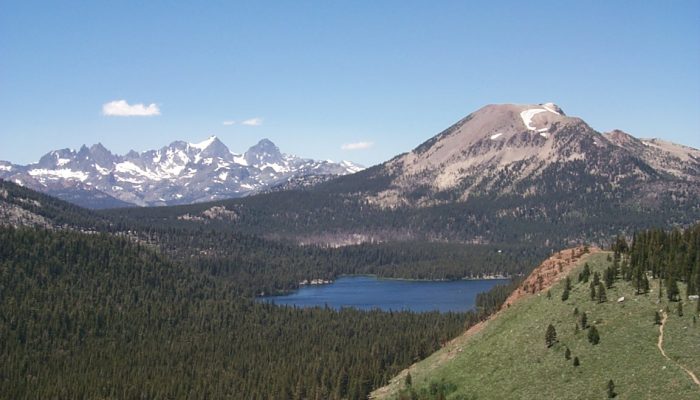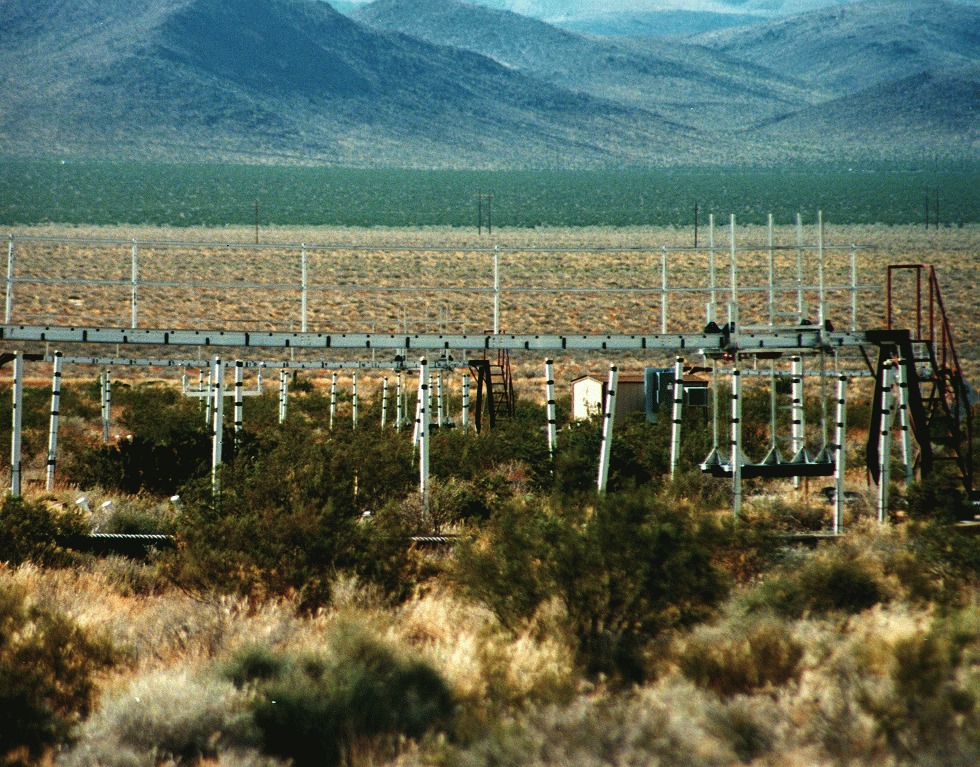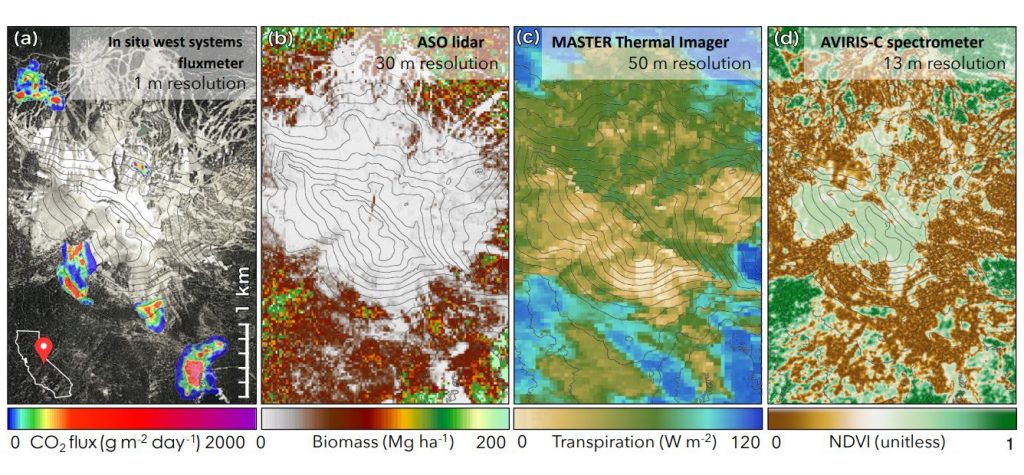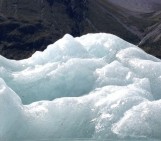
In a world where carbon dioxide levels are rapidly rising, how do you study the long-term effect of carbon emissions?
To answer this question, some scientists have turned to Mammoth Mountain, a volcano in California that’s been releasing carbon dioxide for years. Recently, a team of researchers found that this volcanic ecosystem could give clues to how plants respond to elevated levels of carbon dioxide over long periods of time. The scientists suggest that studying carbon-emitting volcanoes could give us a deeper understanding on how climate change will influence terrestrial ecosystems through the decades. The results of their study were published last month in EGU’s open access journal Biogeosciences.
Carbon emissions reached a record high in 2018, as fossil-fuel use contributed roughly 37.1 billion tonnes of carbon dioxide to the atmosphere. Emissions are expected to increase globally if left unabated, and ecologists have been trying to better understand how this trend will impact plant ecology. One popular technique, which involves exposing environments to increased levels of carbon dioxide, has been used since the 1990s to study climate change’s impact.
The method, also known as the Free-Air Carbon dioxide Enrichment (FACE) experiment, has offered valuable insight into this matter, but can only give a short-term perspective. As a result, it’s been more challenging for scientists to study the long-term impact that emissions have on plant communities and ecosystems, according to the new study.

FACE facilities, such as the Nevada Desert FACE Facility, creates 21st century atmospheric conditions in an otherwise natural environment. Credit: National Nuclear Security Administration / Nevada Site Office via Wikimedia Commons
Carbon-emitting volcanoes, on the other hand, are often well-studied systems and have been known to emit carbon dioxide for decades to even centuries. For example, experts have been collecting data on gas emissions from Mammoth Mountain, a lava dome complex in eastern California, for almost twenty years. The volcano releases carbon dioxide at high concentrations through faults and fissures on the mountainside, subsequently leaving its forest environment exposed to the emissions. In short, the volcanic ecosystem essentially acts like a natural FACE experiment site.
“This is where long-term localized emissions from volcanic [carbon dioxide] can play a game-changing role in how to assess the long-term [carbon dioxide] effect on ecosystems,” wrote the authors in their published study. Research with longer study periods would also allow scientists to assess climate change’s effect on long-term ecosystem dynamics, including plant acclimation and species dominance shifts.
Through this exploratory study, the researchers involved sought to better understand whether the long-term ecological response to carbon-emitting volcanoes is actually representative to the ecological impact of increased atmospheric carbon dioxide.

Remotely sensed imagery acquired over Mammoth Mountain, showing (a) maps of soil CO2 flux simulated based on accumulation chamber measurements, shown overlaid on aerial RGB image, (b) above-ground biomass (c) evapotranspiration, and (d) normalized difference vegetation index (NDVI). Credit: K. Cawse-Nicholson et al.
To do so, the scientists analysed characteristics of the forest ecosystem situated on the Mammoth Mountain volcano. With the help of airborne remote-sensing tools, the team measured several ecological variables, including the forest’s canopy greenness, height and nitrogen concentrations, evapotranspiration, and biomass. Additionally they examined the carbon dioxide fluxes within actively degassing areas on Mammoth Mountain.
They used all this data to model the structure, composition, and function of the volcano’s forest, as well as model how the ecosystem changes when exposed to increased carbon emissions. Their results revealed that the carbon dioxide fluxes from Mammoth Mountain’s soil were correlated to many of the ecological variables analysed. Additionally, the researchers discovered that parts of the observed environmental impact of the volcano’s emissions were consistent with outcomes from past FACE experiments.
Given the results, the study suggests that these kind of volcanic systems could work as natural test environments for long-term climate research. “This methodology can be applied to any site that is exposed to elevated [carbon dioxide],” the researchers wrote. Given that some plant communities have been exposed to volcanic emissions for hundreds of years, this method could help paint a more comprehensive picture of our future environment as Earth’s climate changes.
By Olivia Trani, EGU Communications Officer
References
Cawse-Nicholson, K., Fisher, J. B., Famiglietti, C. A., Braverman, A., Schwandner, F. M., Lewicki, J. L., Townsend, P. A., Schimel, D. S., Pavlick, R., Bormann, K. J., Ferraz, A., Kang, E. L., Ma, P., Bogue, R. R., Youmans, T., and Pieri, D. C.: Ecosystem responses to elevated CO2 using airborne remote sensing at Mammoth Mountain, California, Biogeosciences, 15, 7403-7418, https://doi.org/10.5194/bg-15-7403-2018, 2018.




Yvonne Chasukwa Mwalwenje
Well articulated and eye opener article on the extent of air pollution !